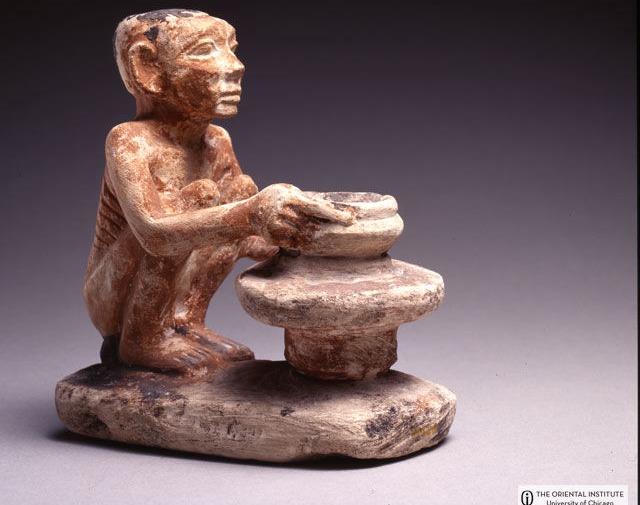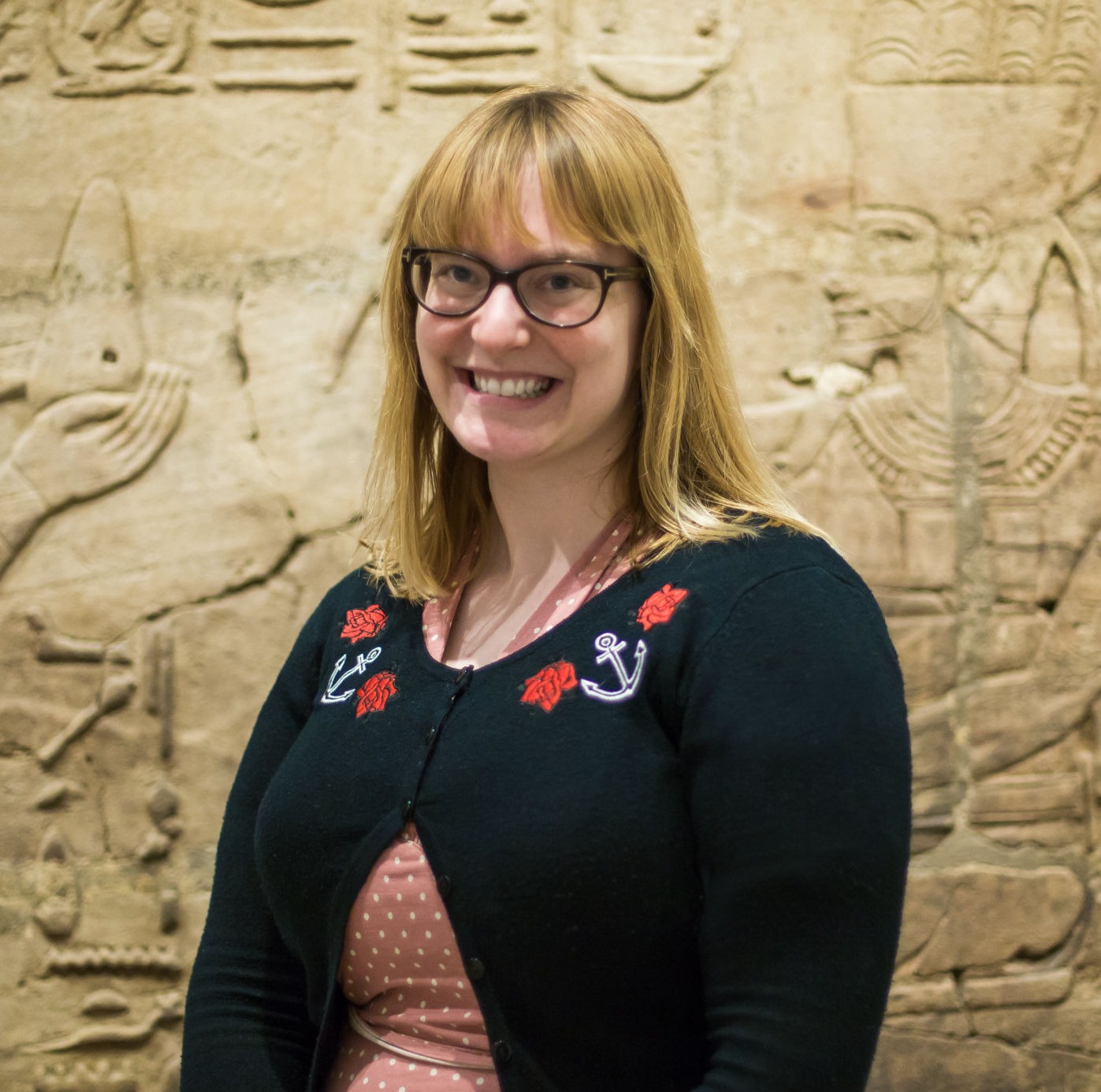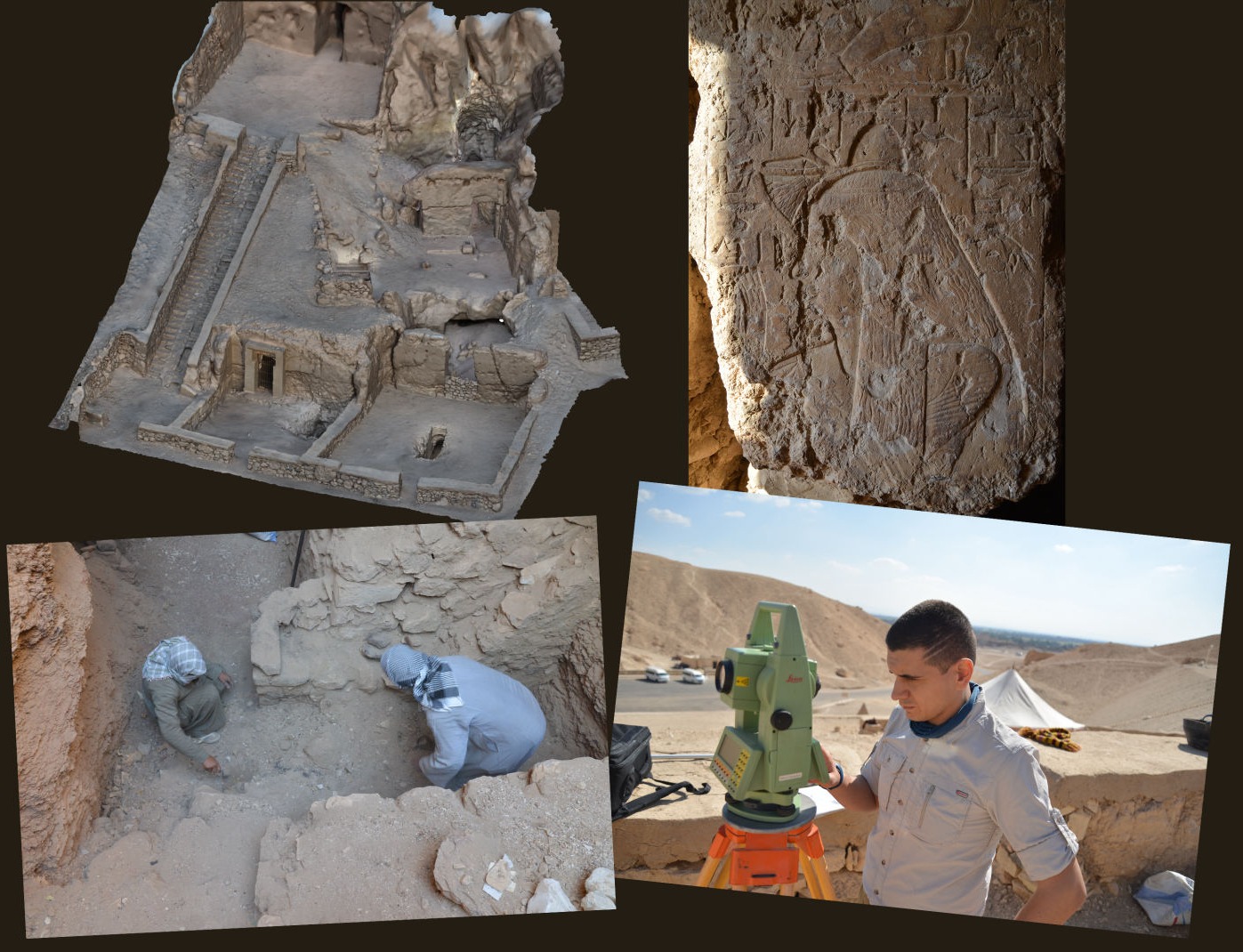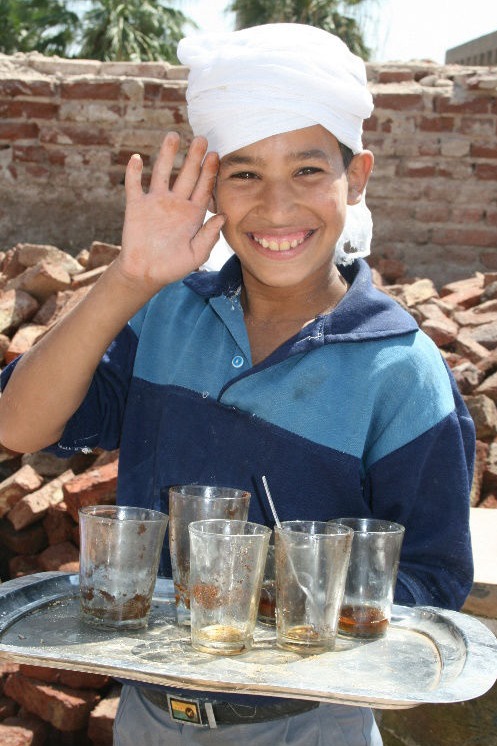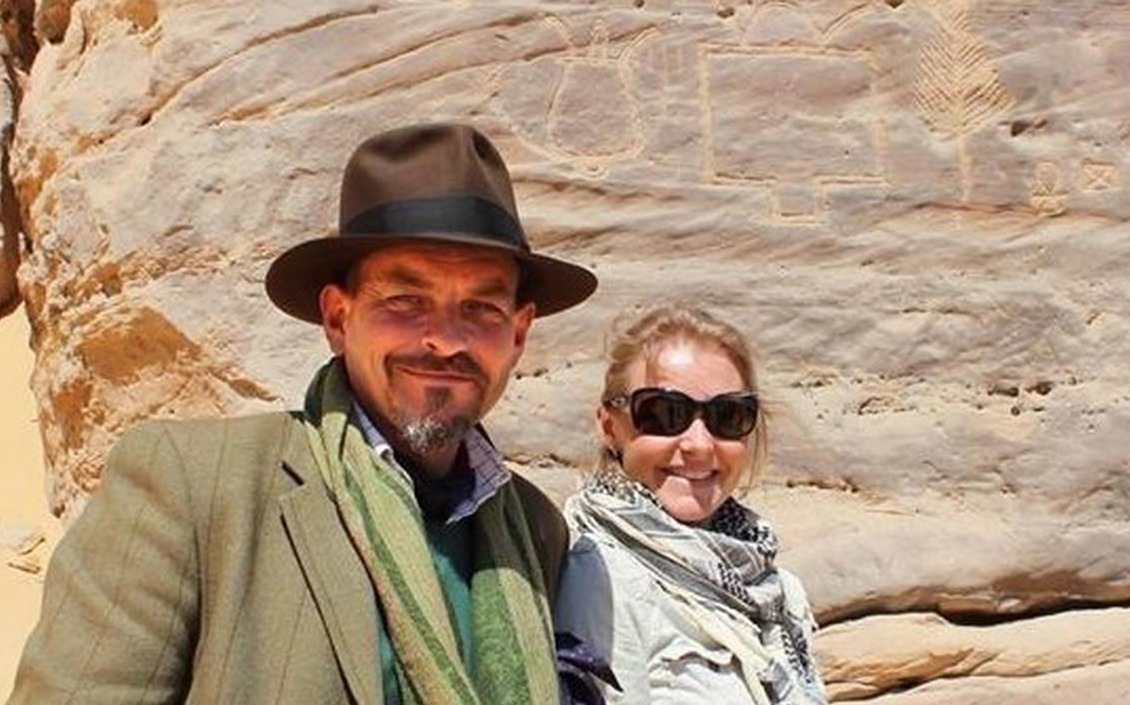
Monday 11 January 2021 : 2.00pm
John Ward & Dr Maria Nilsson
Department of Archaeology and Ancient History, Lund University
Recent discoveries and research at Gebel el-Silsila
In this lecture, we would like to share with you some of our recent archaeological discoveries and research results from the last field seasons. We will summarise the excavations of Tutankhamun’s workers village, Amenhotep III’s stone workshop, and the New Kingdom necropolis, including the problematic waterlogged shaft tomb ST42. We would also like to bring you on a virtual rock art tour through the northern area, including Shatt el-Rigal, with some intriguing research results. As a final glimpse, we will introduce you to a Roman burial site, and the excavations that began in 2019.
Dr. Maria Nilsson and John Ward, Dept of Archaeology and Ancient History, Lund University, are the director and assistant director of the Gebel el-Silsila Project. Nilsson currently focuses her work on Rock Art/Inscriptions and material culture studies. Ward currently focuses his work on quarrying techniques and site topography/infrastructure.
